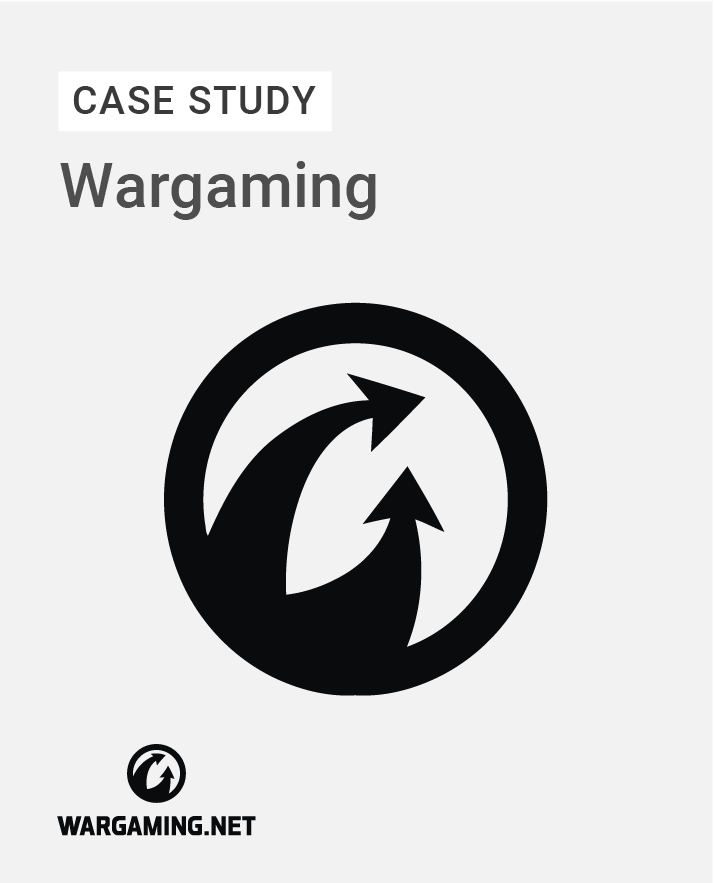If you’re not into eSports, some of the stats surrounding the rapidly growing industry can be surprising.
I knew eSports were a thing, but this headline raised my eyebrows a couple of weeks ago, and a bit of Googling revealed plenty more gasp-worthy numbers.

eSports typically consist of a multi-player video game played competitively with spectators, sometimes on live streams and sometimes in real venues, often by professional gamers.
It’s given a glitzy platform to a whole generation of elite players and charismatic commentators, as well as an enormous opportunity for brands and media companies like Sky and Turner.
Goldman Sachs valued eSports at $500 million in 2016 and expects the market will grow at 22% annually.
Brand spending on eSports is expected to rise to $800m by 2019.
Our own data shows how interest in eSports is growing. Here, we look at tweeted mentions of “eSports” (and similar variations) over the last year and beyond.

eSports are challenging ageing stereotypes surrounding what it means to be a gamer.
Far from the dark basement, anti-social, adolescent male, a diverse group of eSports stars now play in front of sold-out arenas for multi-million-dollar prizes, sometimes sponsored by some of the biggest brands in the world.
While eSports are still dominated by male participants and viewers, female participation appears to be climbing, too – currently around 25% of eSports Twitter conversation is from female authors, significantly more than last year.
A huge opportunity for brands
There’s nothing strange about brands sponsoring pro athletes in traditional sports, but now eSports players and events are also signing lucrative deals.
And there’s no shortage of ways brands can get involved in these video games and their swelling spectating audiences.
A number of high profile signings from Premier League clubs show off the sponsorship potential in up-and-coming eSports players. The players will have their own squad numbers, attend events, travel the world and train for hours a day for upcoming matches where they’ll represent their club, but they will never have to muddy their boots (or, more likely, their expensive new sneakers).
Craig Barry, EVP and Chief Content Officer at Turner Sports, advised brands to do their research before getting involved – being over-promotional with no consideration of the community will lead to rejection.
Speaking at Tech Crunch Disrupt 2017 SF, he said: “If you integrate your brand and you’re supportive of the ecosystem and the community then they’re going to embrace you and support you.”

A good example is Arby’s teaming up with ELeague. They understood the humour of the community and created a campaign that saw their sandwiches get blown up by high powered rifles wielded by elite Counter Strike players. It became a popular competition between teams and the brand was able to become part of the community. At one point at an event Barry claims 5,000 people were chanting Arby’s brand name.
In related recent news, Coca-Cola have decided to sponsor a totally fictional player. Alex Hunter, (not real) star of the FIFA video game series, will be a Coca-Cola advocate in FIFA 18 in what has been called a 15-hour advert for the brand as gamers play through the “The Journey” part of the game.
We’re beginning to see large non-endemic brands take esports seriously, with the likes of Gillette and Mercedes Benz sponsoring our events IEM (Intel Extreme Masters) and ESL One. The mainstream awareness and social chatter implies we’re witnessing the tipping point from early adopters to the early majority being interested in and following esports.
ROB BLACK, COO AT ESL UK
